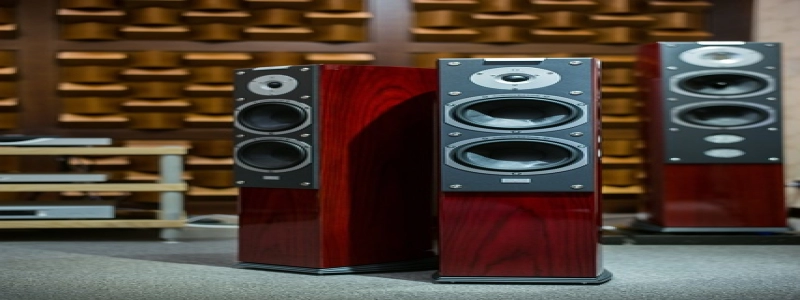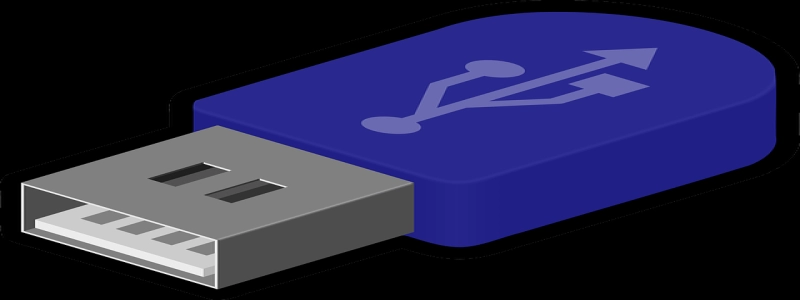HF VHF UHF All Mode Transceiver
Introduction:
In the world of amateur radio communication, there are various types of transceivers available, each designed for specific frequency ranges. One such versatile transceiver is known as the HF VHF UHF All Mode Transceiver. This article will provide a detailed explanation of this high-performance communication device.
1. What is an HF VHF UHF All Mode Transceiver?
An HF VHF UHF All Mode Transceiver is a piece of equipment that combines the capabilities of transmitting and receiving signals across multiple frequency bands. It differs from other transceivers by its ability to operate on HF (High Frequency), VHF (Very High Frequency), and UHF (Ultra High Frequency) bands, making it suitable for various communication purposes.
2. Multiple Frequency Bands:
The HF VHF UHF All Mode Transceiver covers a wide frequency range, typically from 0.5 MHz to 1300 MHz. This allows operators to communicate using long-range HF signals, short-range VHF signals, and even line-of-sight UHF signals. The transceiver includes multiple bands, such as 160m, 80m, 40m for HF, 2m and 70cm for VHF and UHF, respectively, providing operators with a broad spectrum of options.
3. Operating Modes:
An important feature of the HF VHF UHF All Mode Transceiver is its ability to support various operating modes. Common modes include AM (Amplitude Modulation), FM (Frequency Modulation), SSB (Single Sideband), CW (Continuous Wave), and digital modes such as RTTY (Radio Teletype) and PSK (Phase Shift Keying). This versatility allows operators to communicate via voice, Morse code, or digital signals, depending on their preferences and communication requirements.
4. Power Output and Antenna Connections:
The power output of an HF VHF UHF All Mode Transceiver can vary, with most models ranging from 5 to 100 watts. Some higher-end models may offer even higher power output options. The transceiver also features multiple antenna connectors to accommodate various types of antennas, such as wire antennas for HF bands and vertical or Yagi antennas for VHF and UHF bands.
5. Features and Accessories:
Modern HF VHF UHF All Mode Transceivers offer a wide range of features and accessories to enhance the user experience. These may include built-in digital signal processing (DSP) capabilities, automatic antenna tuners, noise reduction capabilities, and even built-in GPS receivers for location tracking during emergency operations. Additionally, there are accessories like external speakers, microphones, and data cables that can be connected to the transceiver for better audio quality or data transmission.
Conclusion:
The HF VHF UHF All Mode Transceiver is a versatile and essential tool for amateur radio operators. Its ability to work across multiple frequency bands and support various operating modes makes it an ideal choice for long-distance communication, local communication, and even emergency communication. By investing in a high-quality HF VHF UHF All Mode Transceiver, operators can enjoy a seamless and efficient communication experience.








